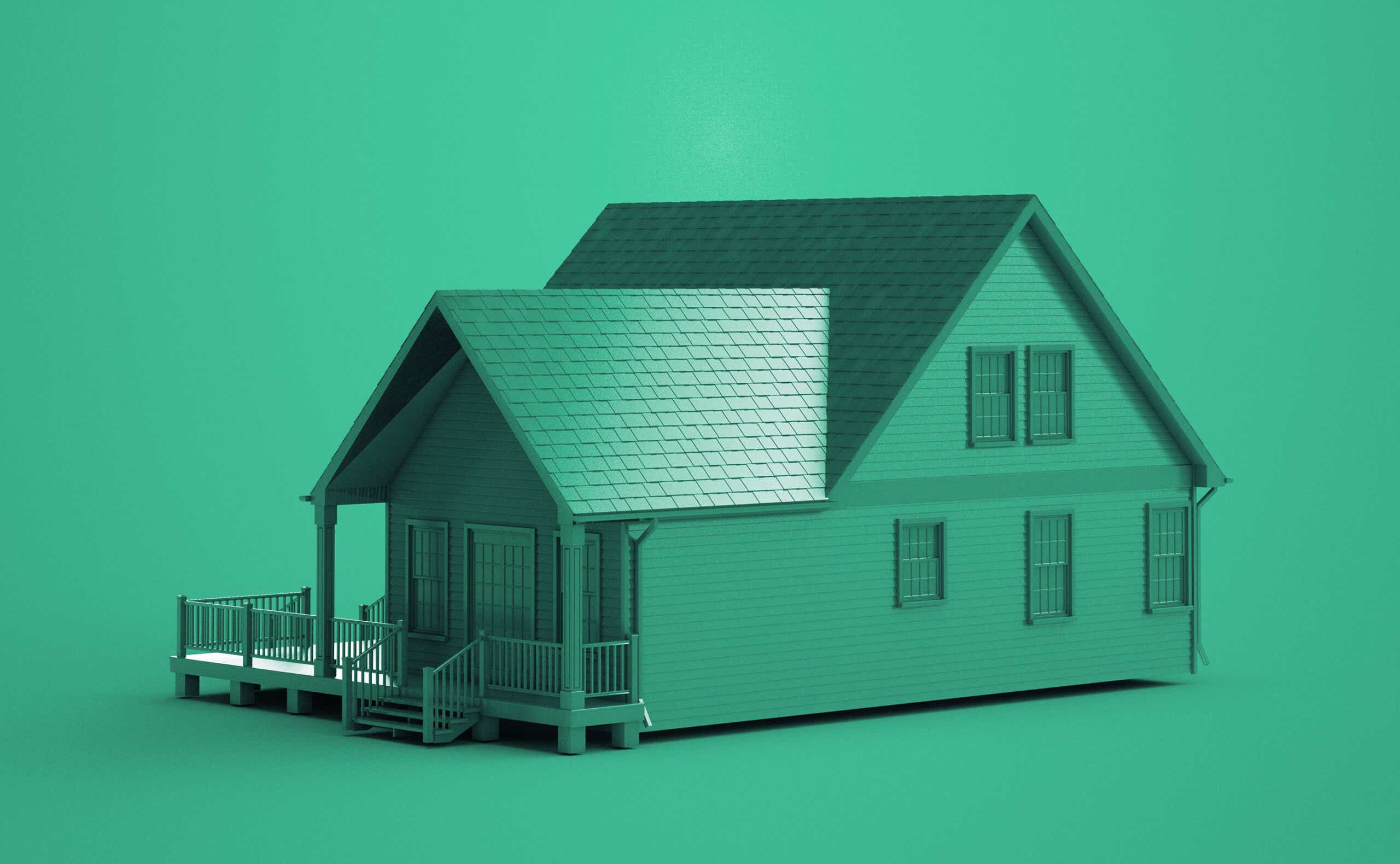Is your city on the list?
The real estate market has been a wild ride these last few years, and if you’ve been looking to buy, you know just how hard it can be to deal with all the volatility. Things are getting costlier for prospective home owners as mortgage rates hit levels we haven’t seen since 2008, so we’ll explain why — and what it means for the market.
Why are mortgage rates rising?
The 30-year fixed-rate mortgage breached 6 percent this week, reaching its highest point since the financial crisis 14 years ago. That’s also more than double the 2.86 percent borrowers were getting during this same week one year ago, according to mortgage giant Freddie Mac.
Rates have been ticking up since the start of the year, when the Federal Reserve shifted its focus to trying to rein in inflation and began hiking its key interest rate. Prices for goods and services are still rising sharply, and it’s anticipated the Fed will aggressively lift rates again when it meets next week.
How it impacts the housing market
Here’s a sense of just how much a spike in interest rates can impact the average home buyer. According to the Wall Street Journal, a borrower who put 20 percent down on a $500,000 home with a mortgage at 2.86 percent can expect to pay about $200,000 in interest over 30 years, while a borrower with a mortgage rate of 6.02 percent will pay $465,000 in interest.
Predictably, these pricey mortgages have cooled down the housing market. Compared to last year, sales of existing homes are down 20 percent, while sales of new homes dipped about 30 percent, per Fed data. Home prices are expected to fall — but only modestly — because there’s still a shortage of homes up for sale, Freddie Mac’s chief economist told the New York Times.
Where home values are headed in 2023
Real-estate company Zillow released an updated forecast for where its experts anticipate home values will sit in 896 regional markets across the U.S. by August 2023. Zillow economists expect to see prices fall in 259 markets, increase in 615 markets, and stay flat in 22 areas.
Here’s a look at where home values are expected to rise and fall the most by next summer — and by how much:
The cities where home values are going up
1. Wooster, Ohio: +12.8%
2. Sanford, North Carolina: +9.4%
3. Aberdeen, Washington: +8.9%
4. Bozeman, Montana: +8.7%
5. Greeneville, Tennessee: +8.6%
6. Show Low, Arizona: +7.8%
7. Shelbyville, Tennessee: +7.4%
8. Peco, Texas: +7.4%
9. Ellensburg, Washington: +7.3%
10. Tullahoma, Tennessee: +7.2%
11. Kalispell, Montana: +7.2%
12. Payson, Arizona: +7.2%
13. Ocala, Florida: +7.0%
14. Victoria, Texas: +7.0%
15. Idaho Falls, Idaho: +6.8%
16. Homosassa Springs, Florida: +6.8%
17. Newport, Oregon: +6.8%
18. Lewisburg, Tennessee: +6.6%
19. Pocatello, Idaho: +6.5%
20. Boone, North Carolina: +6.5%
The cities where home values are going down:
1. Fairbanks, Alaska: -7.0%
2. Lake Charles, Louisiana: -6.1%
3. Minot, North Dakota: -6.0%
4. Mount Gary, West Virginia: -5.1%
5. Elkins, West Virginia: -4.9%
6. Greenville, Mississippi: -4.7%
7. Helena, Arkansas: -4.7%
8. Alexandria, Louisiana: -4.5%
9. Dickinson, North Dakota: -4.5%
10. DeRidder, Louisiana: -4.3%
11. Odessa, Texas: -4.1%
12. San Francisco, California: -4.0%
13. San Jose, California: -4.0%
14. Shreveport, Louisiana: -3.9%
15. Fort Leonard Wood, Missouri: -3.8%
16. Jamestown, North Dakota: -3.7%
17. Santa Rosa, California: -3.6%
18. Morgan City, Louisiana: -3.6%
19. Napa, California: -3.5%
20. Williston, North Dakota: -3.5%









